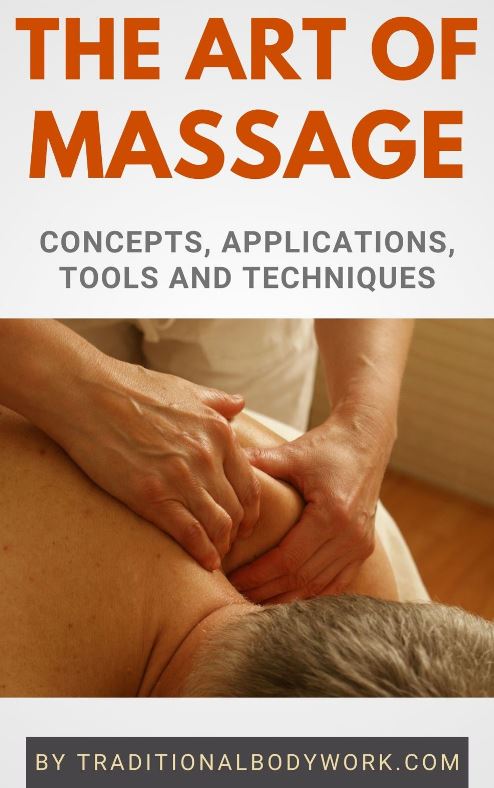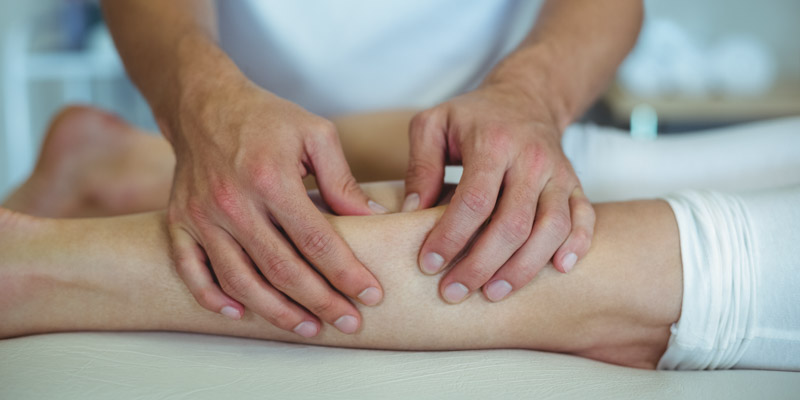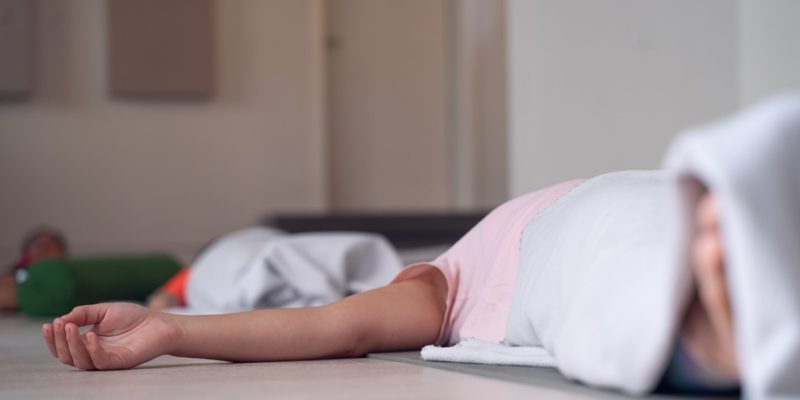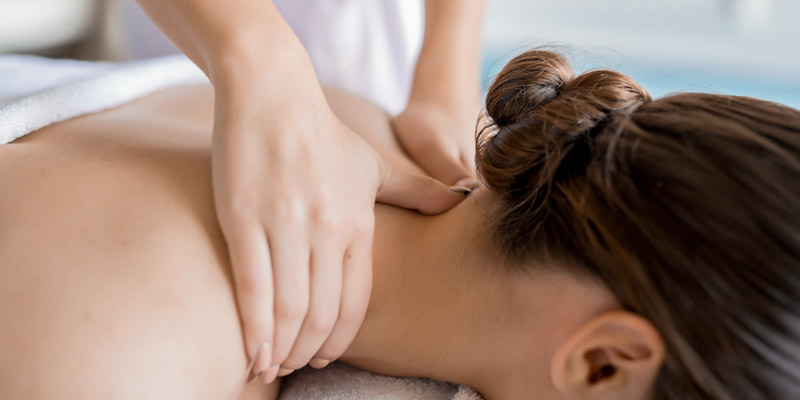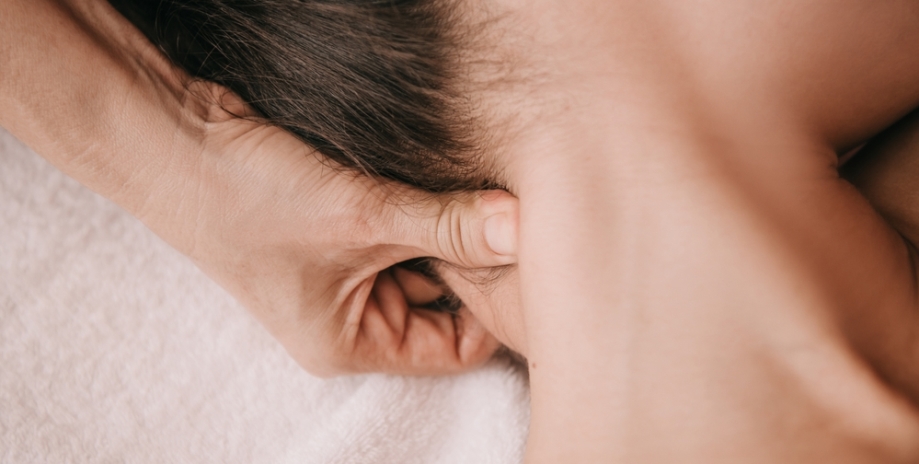
Rolfing® Structural Integration, also known as just Rolfing, is a form of bodywork developed by the American biochemist Ida Rolf (1896 – 1979). Ida Rolf’s Structural Integration therapy was influenced by Osteopathy, Hatha Yoga, the ideas of Wilhelm Reich, the movement awareness methods of Elsa Gindler, Charlotte Selver, and Moshe Feldenkrais, a number of postural training and movement awareness therapies, and the General Semantics of Alfred Korzybski.

One of the primary concepts of Rolfing therapy is that bound up, tensed, and rigid fascia (i.e. connective tissues) tends to restrict opposing muscles from functioning independently from each other, as such forming a hard, unyielding layer in the body leading to postural misalignments.
Hence, Rolfing works on loosening-up and reorganizing the fascia that permeate the body, thus allowing effective movement patterns, correcting one’s posture, and realigning and balancing the entire body.
A Rolfing treatment is a type of postural work and deep tissue massage that uses a combination of active and passive movement retraining. It typically takes place over ten sessions, sometimes called “the recipe,” as designed by Ida Rolf in the 1970s.
The sessions work with the whole body, from superficial to deeper tissues, as well as address issues such as breathing and pelvic floor support. A treatment session lasts between sixty and ninety minutes, and usually the receiver wears only underwear. The movements and positions used can be done lying on a table, sitting, or standing.
The main goals of the Rolfing technique are to enable the body to regain its natural integrity and form, improving freedom of movement, restore flexibility, revitalize the receiver’s energy, and make them more comfortable in their own body.

The main health benefits of Rolfing are claimed to be the improvement of posture; treating chronic pain conditions, such as lower back pain, sciatica, and stiff and painful shoulders; improve and optimize movement patterns; and reduce inflammation and chronic stress. It’s also said that the treatment may make you look slimmer and feel younger.
As it is an intense, tough, and sometimes even painful type of bodywork, some temporary side effects may occur, especially if the receiver is new to bodywork. The release of body toxins may lead to cold symptoms some days after the session, and other common reactions can be headaches, soreness, diarrhea, swelling and/or nausea.
The process of breaking down rigid bodily tissue patterns by using massage and movement bears close similarities with the ideas and therapies developed by the psychotherapist Wilhelm Reich. He used massage and pressure to dismantle the client’s so-called Body Armor (or Muscular Armor), which would subsequently lead to natural breathing patterns, emotional and trauma release, and a fuller experience of life, love, and sexuality.



